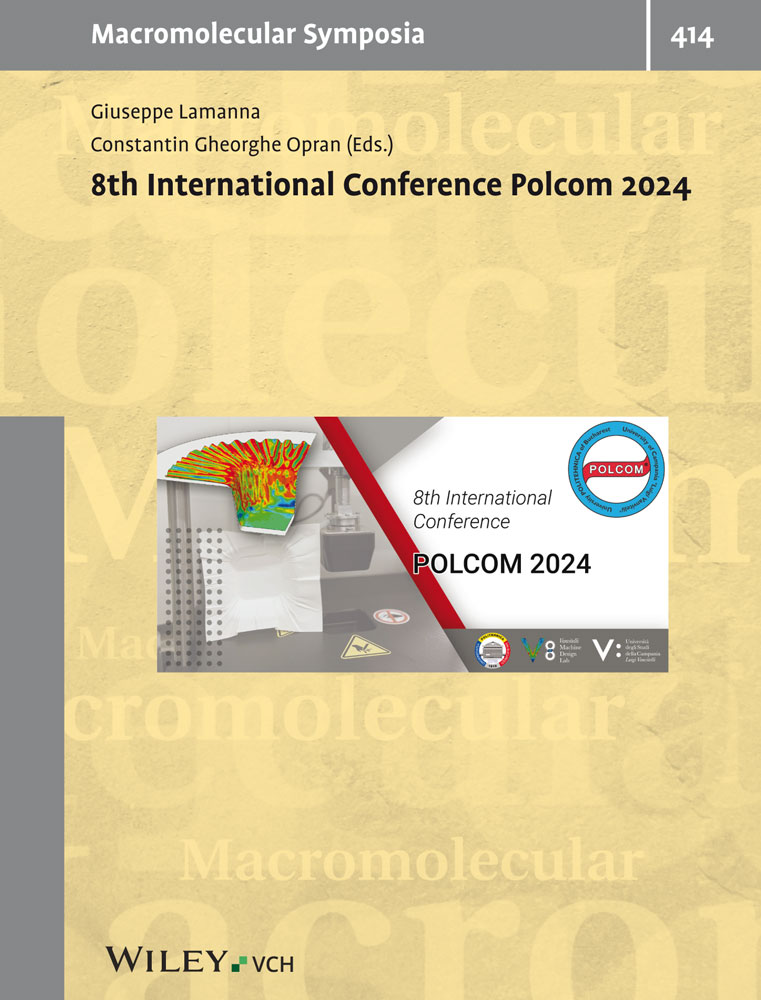Inorganic, polymeric and hybrid colloidal carriers with multi-layer reactive shell
Abstract
Main experimental approaches for obtaining polymer, inorganic and hybrid colloidal particles as well as the tailored functionalization of their surface by oligoperoxide surfactants (OPS) and metal complexes (OMC) on their basis are discussed in the paper. The methods proposed enable to combine the stage of the formation of colloidal polymer, siliceous, metal and metal-oxide particles with the stage of their surface modification by functional surface-active oligoperoxides, which are sorbed irreversibly. Novel functional particles are studied by chemical, colloidal-chemical, rheological methods and scanning electronic microscopy. The occurrence of metal and metal oxide particle formation in distinct zones correlates well with the particle size distribution. The availability of reactive ditertiary peroxidic fragments on the particle surface as a result of OPS or OMC sorption causes their reliable protection, hydrophobity and ability to form free radicals and participate in elementary stages of radical processes.




